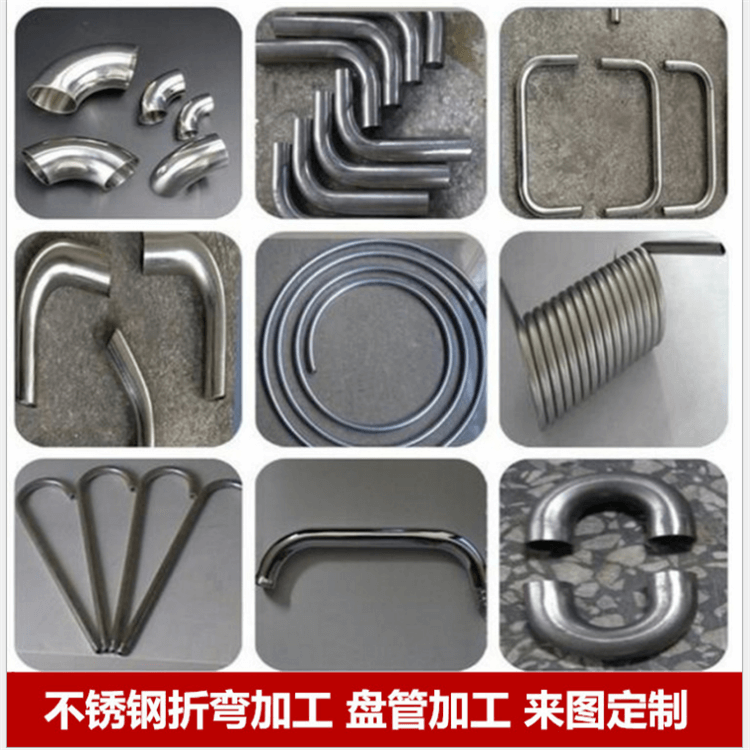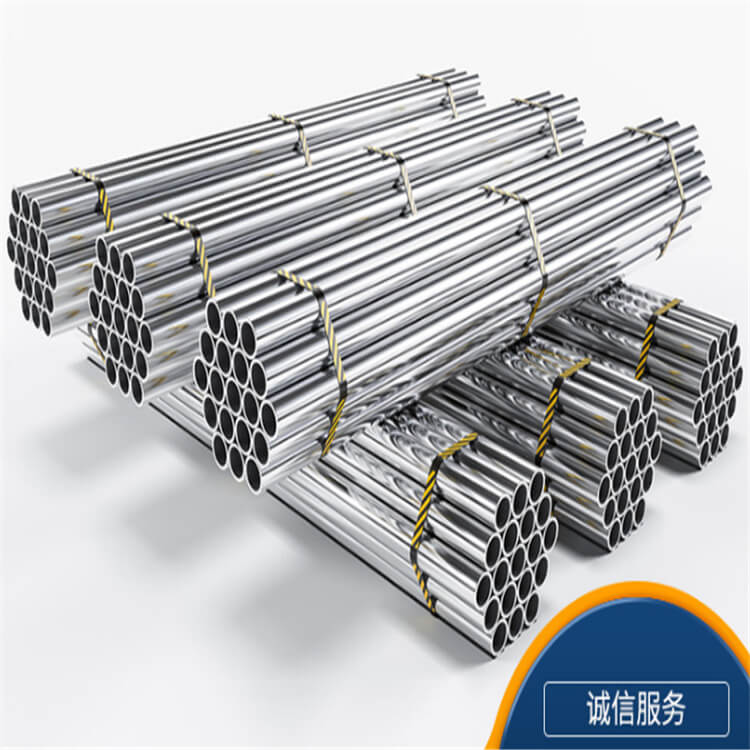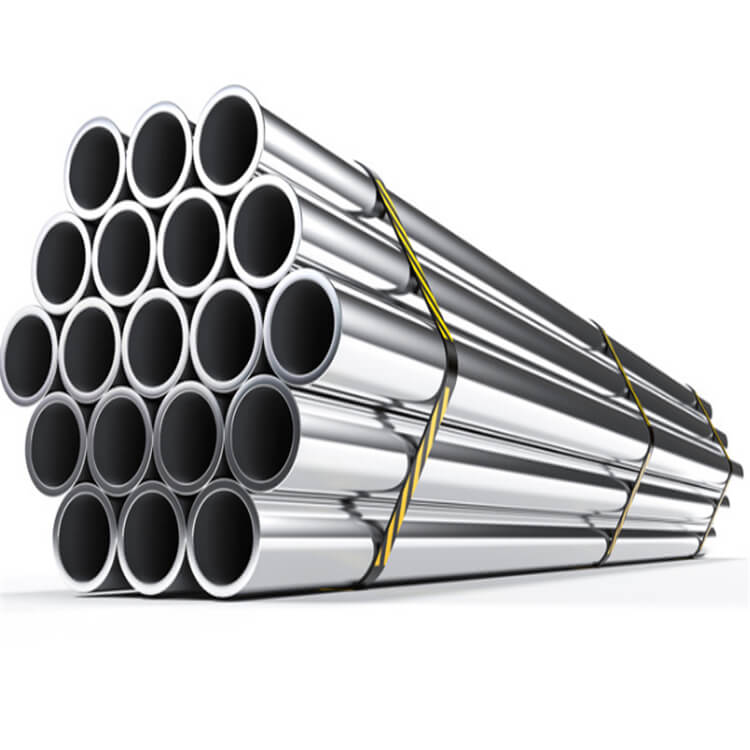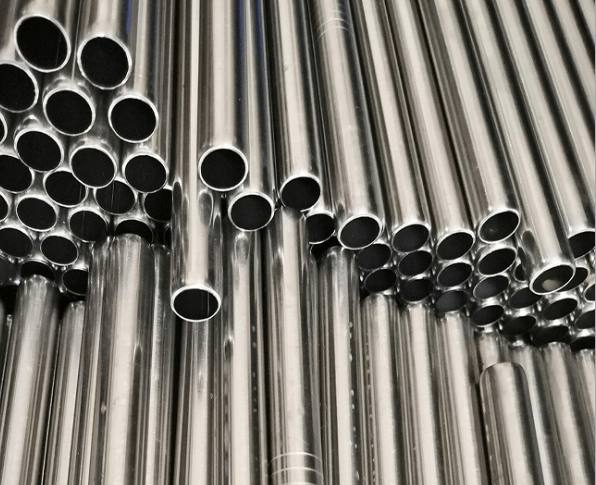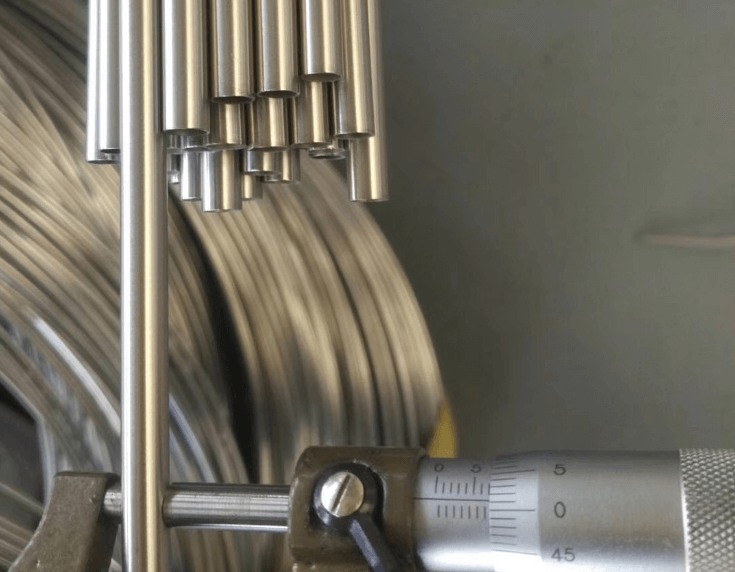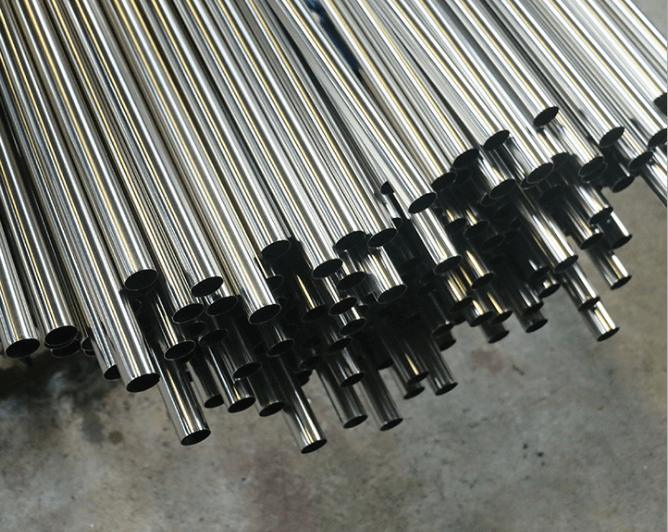Stainless steel is a vital material that is used in different industries globally. It's a robust, corrosion-resistant, and amenable material that makes it ideal for structural and decorative applications. Its unique properties distinguish it from other types of metals, and there are various ways to modify its finish, texture, and appearance.
The deep processing of stainless steel is one of the best ways to augment its durability and functionality. It involves altering the surface with different techniques, which makes it more resistant to wear and tear, offers aesthetics, and improves its usability. In this blog, we'll discuss the art of deep processing of stainless steel and how it can benefit different industries.
Surface Grinding
Surface grinding is the process of smoothing the surface of stainless steel using a grinding wheel. A grinding wheel is a specialized tool that grinds the surface until it's perfectly leveled. Surface grinding improves surface finish and removes surface impurities. The grinding depth varies according to the type of metal and applicability. This process is essential for industries that need flat components, such as appliances, automotive, and aerospace.
Electropolishing
Electropolishing is a popular way to alter the surface of stainless steel. It's an electrochemical process that removes impurities and leaves a smooth, shiny finish. The process involves submerging the metal into an electrolyte solution and applying an electrical current. The reaction between the solution and the current removes the impurities and converts the rough surface into a glossy one. The process is commonly used in industries such as pharmaceuticals and food processing, where the stainless steel needs to be hygienic.
deep processing of stainless steel
Passivation
Passivation is a chemical process that makes the surface of stainless steel even more resistant to corrosion. The process involves treating the metal with an acidic solution, which removes the natural contaminants on the surface. This chemical reaction leaves a protective oxide layer that protects the metal from rust and corrosion. This process is crucial for industries that require high anti-corrosion properties, such as marine and oil and gas.
Metal Impregnation
Metal impregnation is a process that involves filling the pores of the metal with other materials to enhance its properties. It includes impregnating the metal with different metals or alloys to create specialized attributes. For instance, copper impregnation can enhance thermal conductivity, hardness, and strength. This process is essential for industries such as aviation, where high-stress environments require metal impregnation.
Laser Cutting
Laser cutting is a modern way to cut and shape stainless steel. It involves passing a high-energy laser beam through the metal, which melts or vaporizes the surface. A computerized control system helps to shape the metal underside by moving the laser over the metal. The process provides accurate and precise cuts that are difficult to achieve using other cutting methods, making it an ideal choice for industries that require high-quality precision cuts.
Conclusion
The deep processing of stainless steel provides a wide range of benefits for different industrial applications. These deep processing techniques are essential for various industries that require specialty metals with unique characteristics. If you want to improve the durability and functionality of stainless steel, then the art of deep processing is the ultimate solution.

